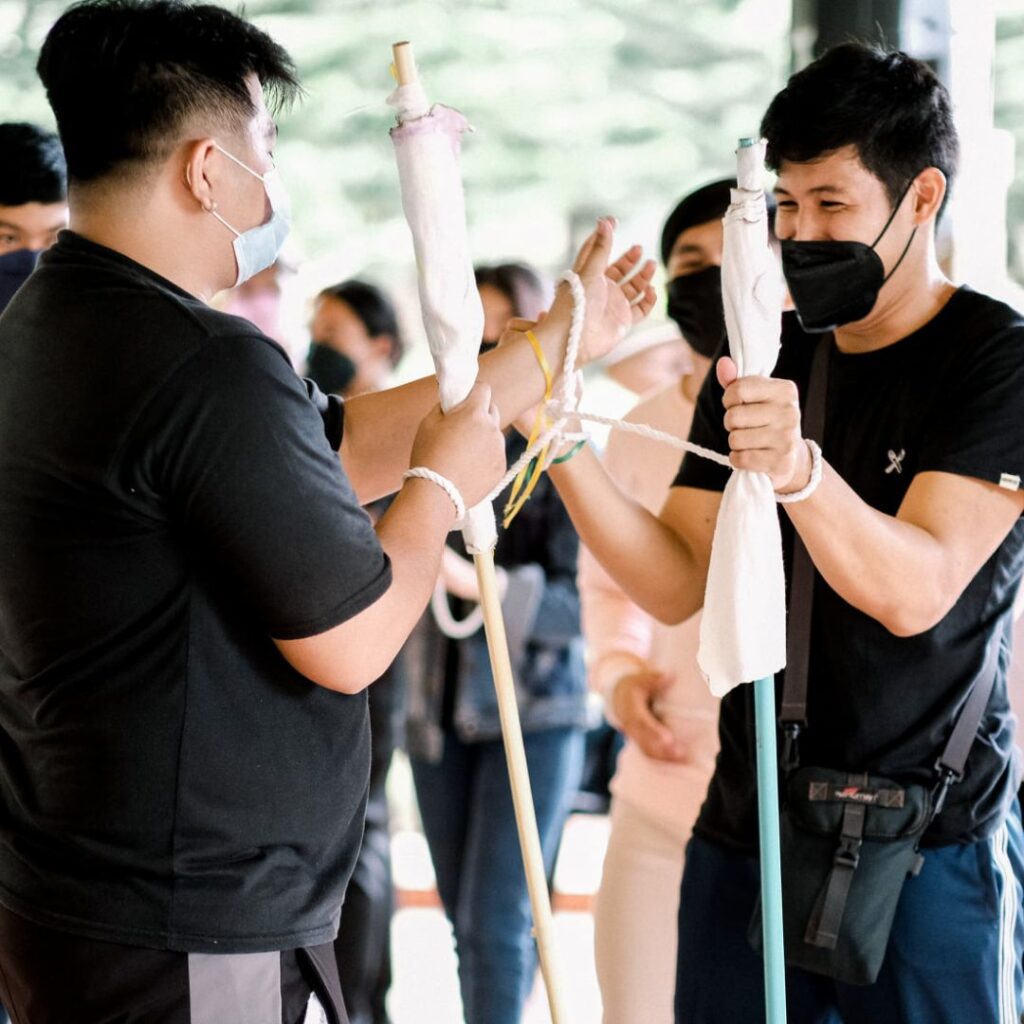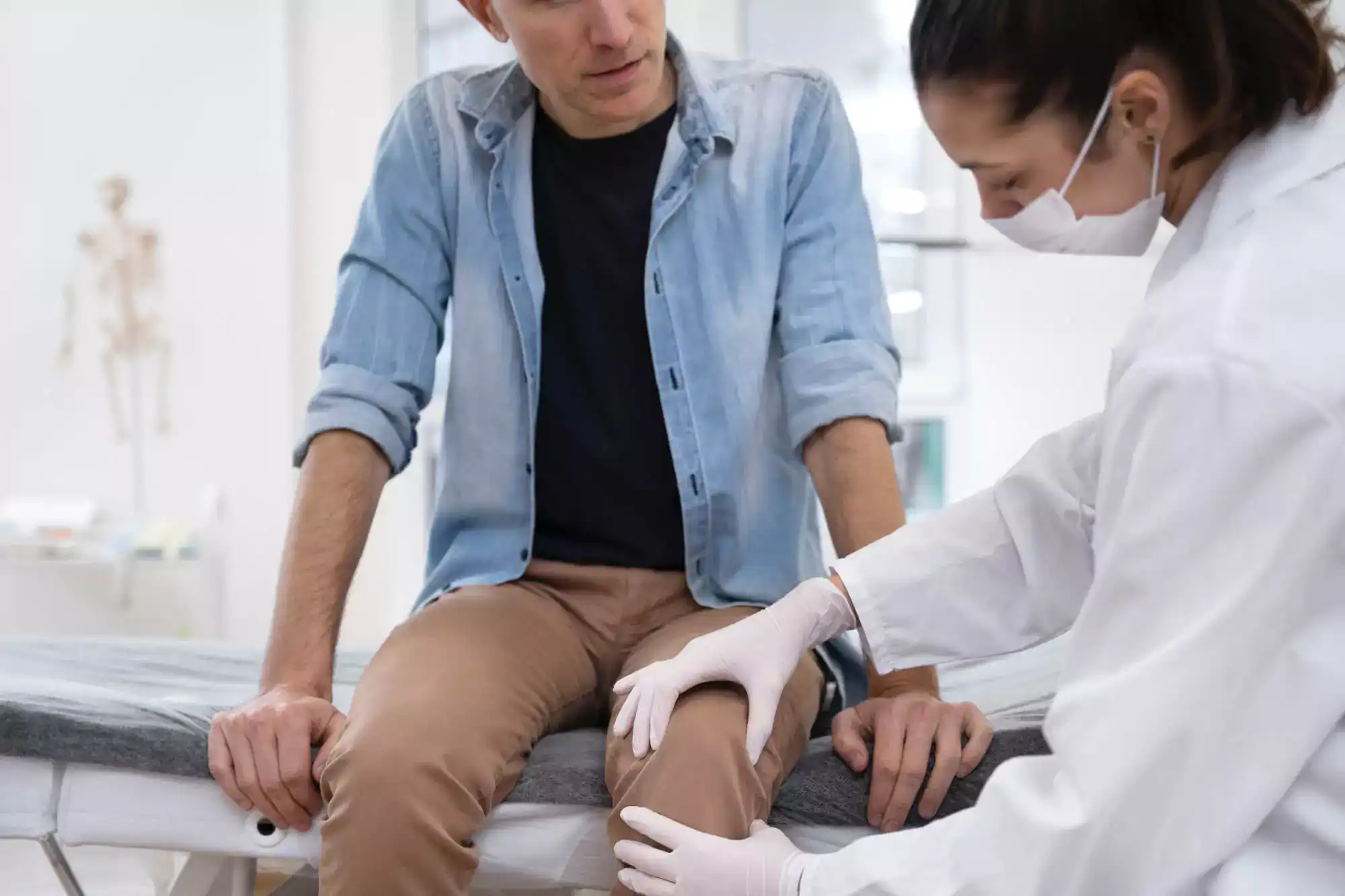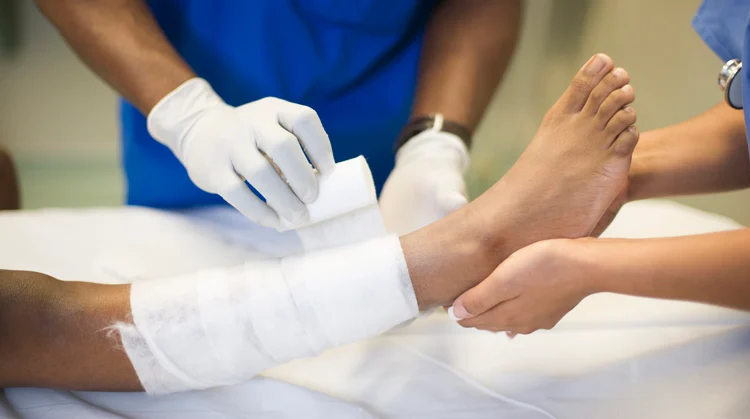ACL (Anterior Cruciate Ligament) reconstruction surgery is a crucial procedure for individuals recovering from ACL injuries. Understanding the basics and common concerns surrounding this surgery can provide clarity and peace of mind for those considering treatment options.
What is ACL Reconstruction?
ACL reconstruction is a surgical procedure aimed at repairing or replacing a torn ACL, a ligament crucial for knee stability. When the ACL is injured due to sports, accidents, or other activities involving sudden changes in direction, surgery may be necessary to restore knee function and prevent further damage.
Who Needs ACL Reconstruction?
ACL reconstruction is typically recommended for individuals who experience significant ACL tears that impair knee stability and function. Athletes, particularly those involved in sports requiring pivoting and sudden stops, are commonly affected.
Benefits of ACL Reconstruction
The primary benefits of ACL reconstruction include restoring knee stability, improving range of motion, and enabling individuals to return to their previous level of physical activity. By repairing the ACL, surgeons aim to minimize the risk of future knee problems and enhance overall knee function.
Preparing for ACL Reconstruction Surgery
Before undergoing ACL reconstruction, patients undergo thorough evaluations to assess overall health and readiness for surgery. This includes consultations with orthopedic specialists to discuss surgical options, preoperative physical therapy to strengthen the knee, and lifestyle adjustments to optimize recovery outcomes.
The ACL Reconstruction Procedure
During ACL reconstruction surgery, orthopedic surgeons use advanced techniques to repair or replace the torn ACL. Commonly used grafts include autografts (tissue from the patient’s own body, like the patellar tendon or hamstring tendon) or allografts (donor tissue). The choice of graft depends on factors such as patient age, activity level, and surgeon preference.
Recovery Timeline and Expectations
Post-surgery, patients undergo a structured rehabilitation program to facilitate recovery. Immediate post-operative care focuses on pain management and swelling reduction, followed by progressive physical therapy to regain knee strength and function. The timeline for recovery varies but typically involves several months of rehabilitation to achieve full recovery and return to sports or physical activities.
Risks and Complications
While ACL reconstruction is generally safe and effective, it carries potential risks such as infection, blood clots, and graft failure. Patients are advised to follow post-operative care instructions diligently to minimize risks and optimize healing outcomes. Orthopedic surgeons work closely with patients to monitor progress and address any complications promptly.
Takeaway
ACL reconstruction surgery is a significant step toward restoring knee stability and function for individuals recovering from ACL injuries. By addressing common FAQs and concerns, patients can make informed decisions about their treatment journey. Consultation with experienced orthopedic surgeons, like those at Tec Orthopedics, ensures personalized care and optimal recovery outcomes.











